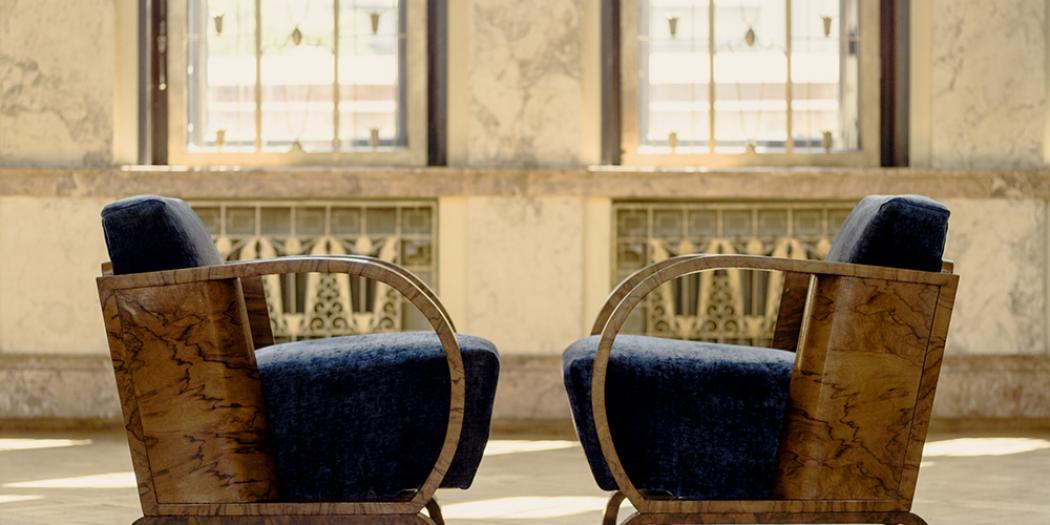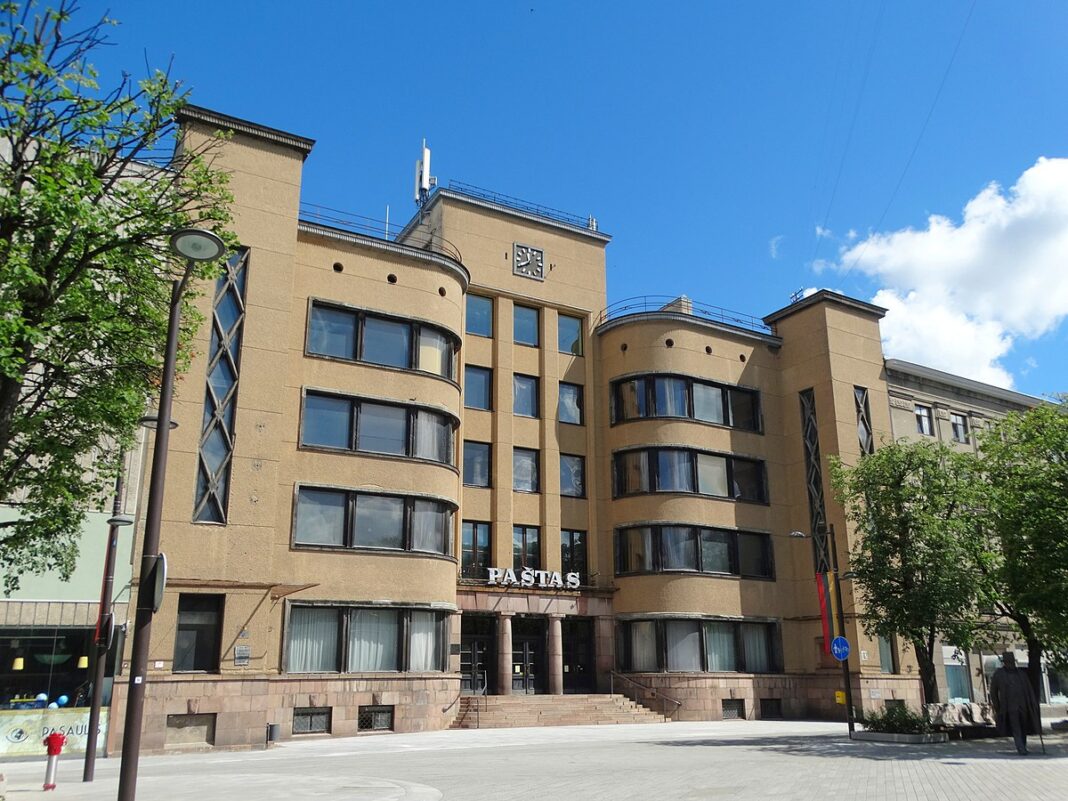The modernist architecture of Lithuania’s second largest city, Kaunas, has been inscribed in the UNESCO World Heritage List. The decision was taken on September 18, during a session of the UNESCO World Heritage Committee in Riyadh, Saudi Arabia.
This style of architecture was also known as International Modernism or International Style, after an exhibition of modernist architecture in America in 1932 by the architect Philip Johnson. The style was characterized by an emphasis on volume, asymmetrical compositions, and minimal ornamentation.
“This is a historic moment, especially considering that Kaunas Modernism is a relatively new heritage and especially considering the historical and political importance of the period when our modern statehood was born and developed,” said Culture Minister Simonas Kairys.
 According to Kairys, the decision of the World Heritage Committee was unexpected. Before the session, the Lithuanian representatives had been set to return the application “Modern Kaunas: the Architecture of Optimism, 1919-1939” to the writers for minor changes. Kairys felt there was not much chance that Kaunas would be inscribed on UNESCO’s list at this session.
According to Kairys, the decision of the World Heritage Committee was unexpected. Before the session, the Lithuanian representatives had been set to return the application “Modern Kaunas: the Architecture of Optimism, 1919-1939” to the writers for minor changes. Kairys felt there was not much chance that Kaunas would be inscribed on UNESCO’s list at this session.
“Kaunas’ modernist heritage is a relatively young heritage, which is also a trend, and it is good that Kaunas is in the vanguard of it. I very much hope that, just like the ‘architecture of optimism’ written in the application, it will inspire us with optimism even in these turbulent times, and will also be a strength for us in looking to the future,” the minister said.
Before making the decision, the Committee members made a number of recommendations to Kaunas. “The applicant country must submit a report on the implementation of the above recommendations to the World Heritage Centre by 1 December 2025 for evaluation by the World Heritage Committee at its 48th session,” the decision noted.
Culture Minister Kairys is confident that the recommendations will be implemented.
“Of course, UNESCO [listing] is not only an honour, not only a source of pride, not only the strongest label for tourism, but it is also a responsibility alongside great opportunities. Yes, there have been some observations by experts, they will have to be evaluated, they will have to be taken into account, and the city of Kaunas will have to listen to them first. I think that with the energy we have after today’s decision, it is possible to do all these things,” said Kairys.
Kaunas was the temporary capital of Lithuania in the 1920s and 1930s. The city grew rapidly to accommodate its new functions. Kaunas has dozens of outstanding examples of modernist architecture from the 1930s.
The UNESCO World Heritage List includes cultural and natural heritage sites and places of outstanding universal value. Four sites in Lithuania have already been added to the list: the Historical Centre of Vilnius, the Kernavė archaeological site, the Curonian Spit and the Struve geodetic arc points.






























